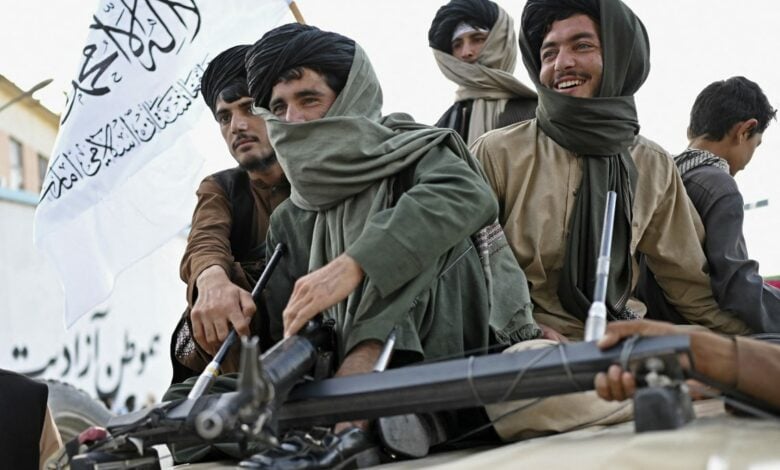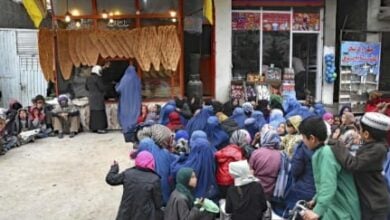Taliban’s Religious Intolerance Threatens Afghanistan’s Historical Tolerance

The Taliban’s renewed rule has led to increased religious intolerance, particularly targeting non-Hanafi sects and followers of various faiths, says an article published by Hasht-e-Subh on August 24.
This change marks a stark departure from the country’s historical legacy of coexistence and social tolerance among diverse religious groups, the text mentions.
Since regaining power, the Taliban has systematically marginalized Shia Jafari and Shia Ismaili followers, among others, by denying their recognition and banning the teaching of their jurisprudence. Previously acknowledged, the Shia Jafari sect now faces severe restrictions, including the removal of their texts from educational institutions and the abolition of laws governing their legal affairs. As a result, Shia individuals are compelled to adhere to Hanafi jurisprudence in legal disputes, often resulting in unfavorable outcomes for them.
The Taliban’s approach extends beyond Shia communities. Reports indicate that followers of Salafi and Sufi traditions have faced violence, with targeted attacks disrupting their religious practices. The group has also forced Shia Ismailis to recite the Islamic declaration of faith under duress, raising concerns about their safety and rights.
This climate of fear and repression threatens to dismantle the fabric of religious tolerance that has historically characterized Afghan society. Interfaith marriages and shared community experiences have given way to a narrative of division, as the Taliban’s propaganda fuels animosity between sects.






